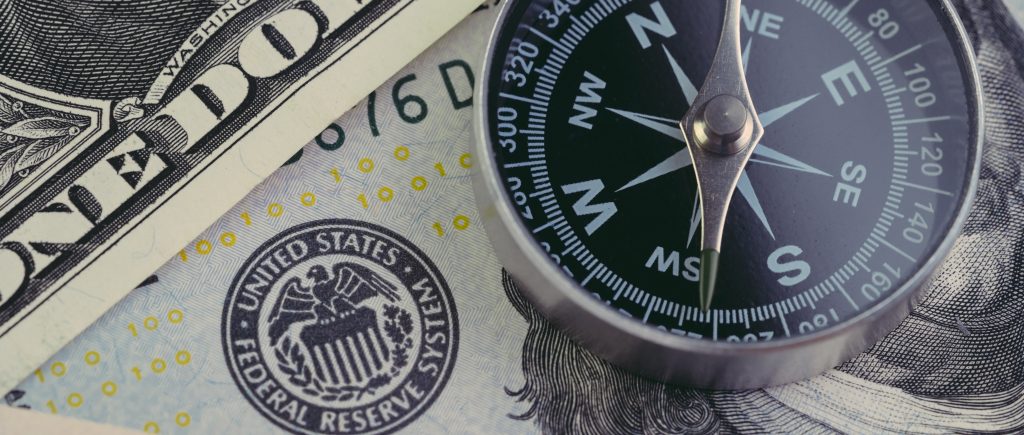St. Louis Fed President James Bullard said in a new essay that lessons from 1974 and 1983, when the FOMC face similar inflation levels to today’s, demand that policymakers to get ahead of the inflation level.
“In particular, the takeaway is that getting ahead of inflation will keep inflation low and stable and promote a strong economy,” the central banker wrote.
“From early 1994 to early 1995, the FOMC raised the policy rate by 300 basis points (going from 3% to 6%) in an environment where inflation was generally moderate,” Bullard said.
“Similar to the 1983 experience, the associated ex-post real interest rate at that time was high. Again, the result was not a recession but instead an expansion, which lasted until 2001.”
“The FOMC kept the policy rate relatively high above the inflation rate, and therefore real interest rates were relatively high. The subsequent macroeconomic performance—with respect both to inflation and to output and labour markets—was very good, which shows the merits of staying ahead of inflation as opposed to falling behind.”
The dollar index ticked up 0.51% to 105.08. The two-decade high of 105.79 was struck on June 15. The dollar has also edged higher on Wednesday as the Euro gave back earlier gains despite European Central Bank President Christine Lagarde saying the era of ultra-low inflation that preceded the pandemic is unlikely to return.
The ECB is widely expected to raise interest rates in July for the first time in a decade, following its global peers, to try to cool accelerating inflation, though economists are divided on the magnitude of any further rate hike.

 Noor Trends News, Technical Analysis, Educational Tools and Recommendations
Noor Trends News, Technical Analysis, Educational Tools and Recommendations




